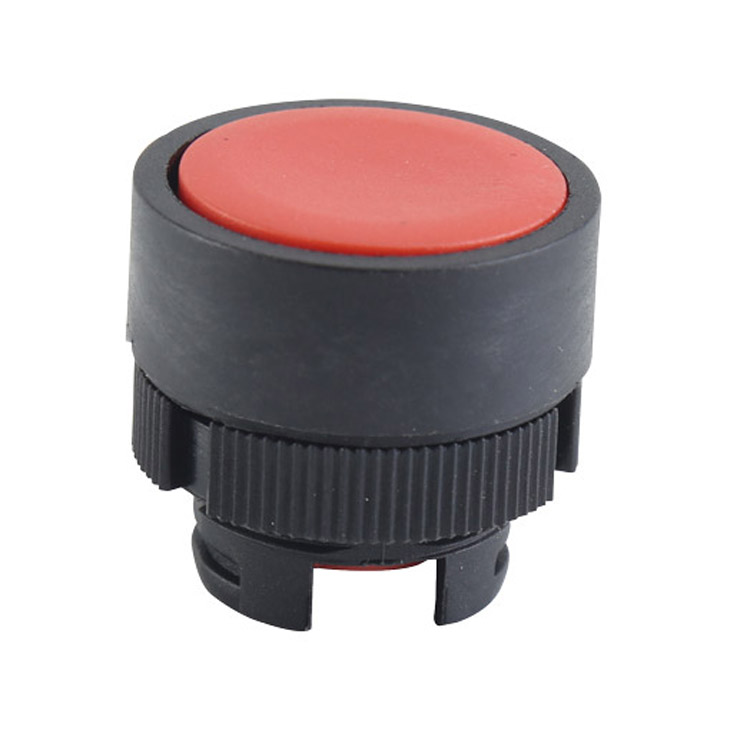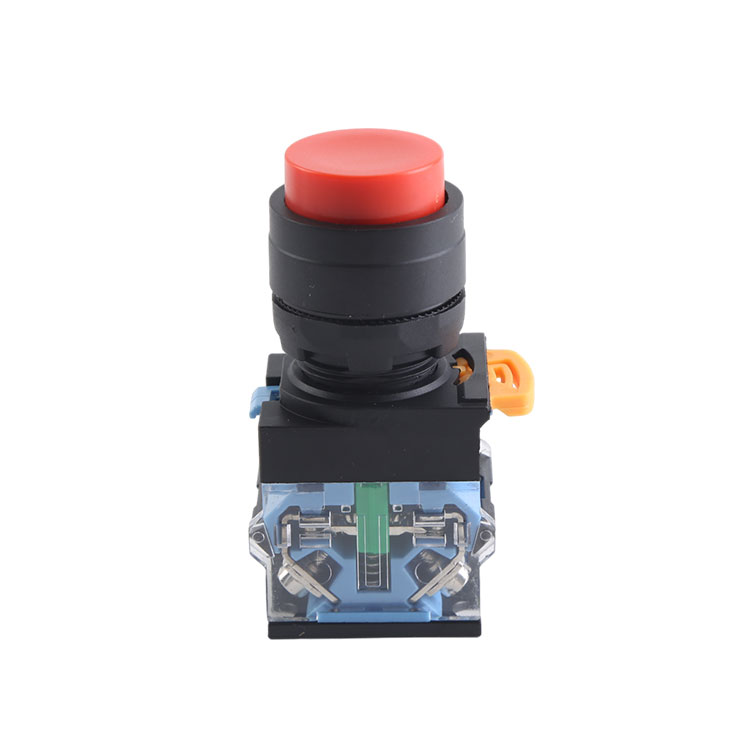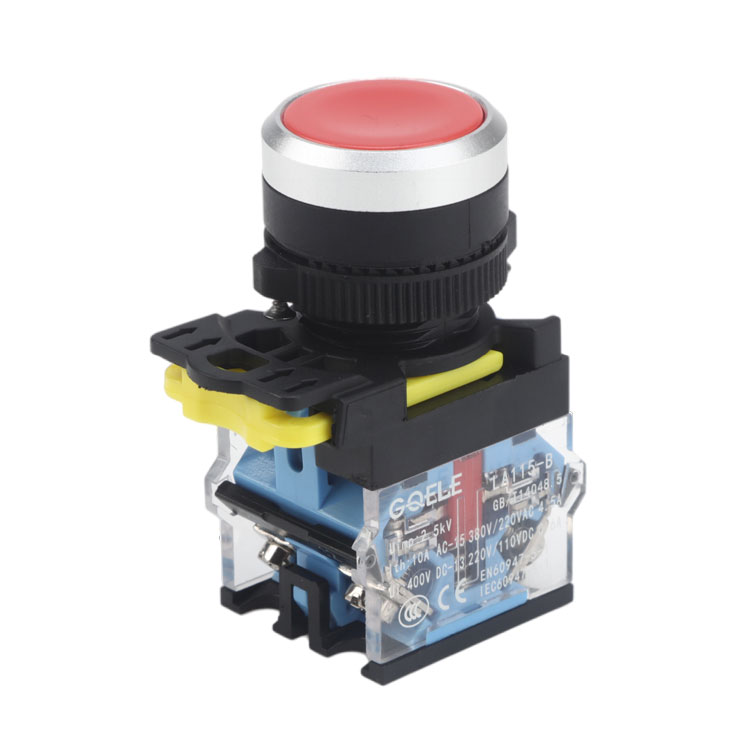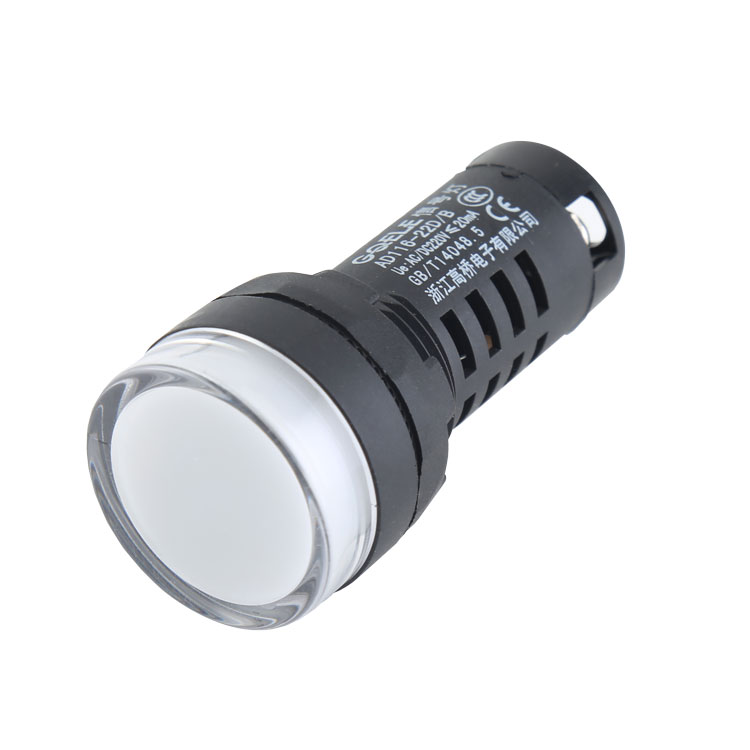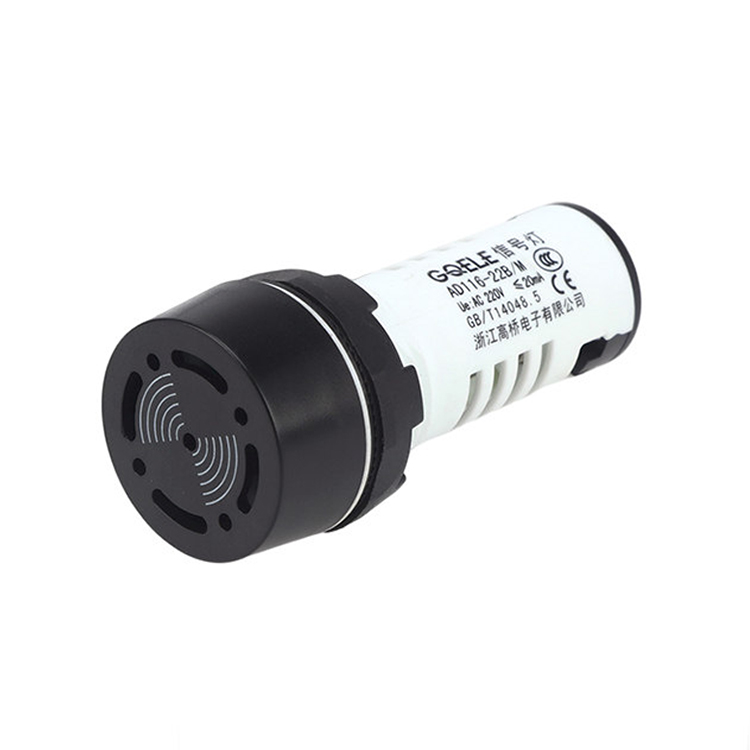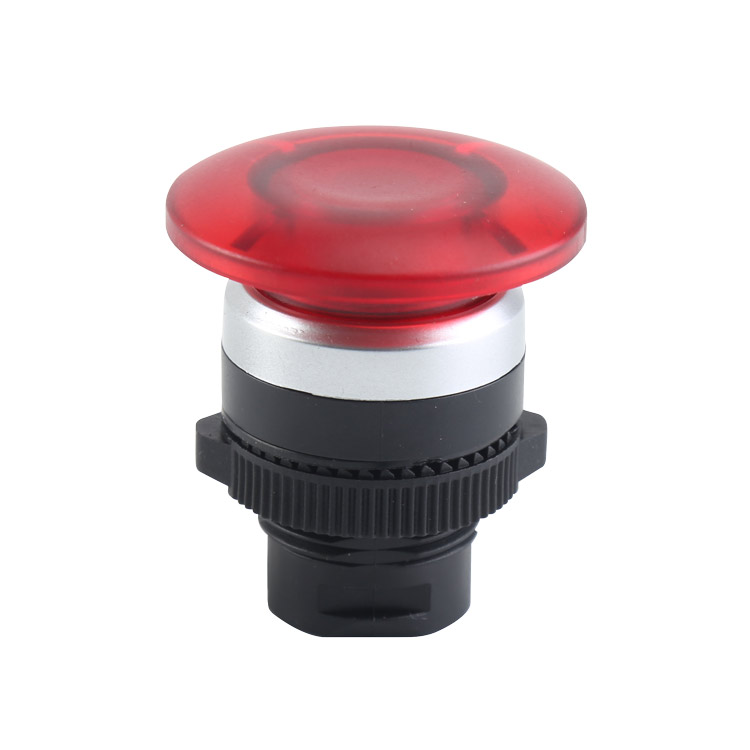Our target is to consolidate and improve the quality and service of existing products, meanwhile constantly develop new products to meet different customers' demands for high quality Led indicator light,
double head push button plastic red green, We will continually strive to improve our service and provide the best quality products with competitive prices. Any inquiry or comment is highly appreciated. Please contact us freely. The product will supply to all over the world, such as, britain, We will supply much better products with diversified designs and professional services. At the same time, welcome OEM, ODM orders, invite friends at home and abroad together common development and achieve win-win, integrity innovation, and expand business opportunities! If you have any question or need more information please feel free to contact us. We are looking forward to receiving your enquiries soon. The signal light indicator is a device used to communicate with other drivers. It provides information about the driver’
The button switch may be the simplest component in the electrical circuit, but it controls the lifeblood of the entire c
The core of industrial control is the control of the motor, the core of the motor control is the contactor, the conventi
A push button is a manually controlled master electrical appliance. It is mainly used to issue operation commands, turn
A button is a control switch that is operated by applying force from a certain part of the human body (usually a finger
Zhejiang Gaoqiao Electronics Co., Ltd. was founded in 2004, is an industrial production Professional manufacturer of product research and production. The main products are LED indicator, press Button, buzzer, PG waterproof connector, contactor and LED components, etc., It is widely used in control cabinets, power distribution cabinets, instrument cabinets and various control consoles. The company has accumulated rich experience in product design and manufacturing, except the company In addition

